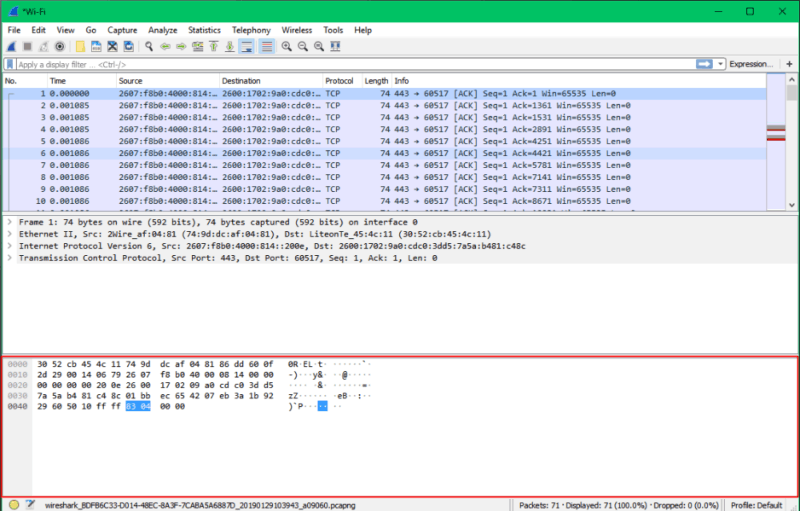


This tells us that it is less likely that the issue occurs along the network path. (Think back to the post office metaphor from part 0) A: These devices are in the same subnet.Q: What is the network path between these two endpoints?.What this tells us is that it is less likely that the issue is when the packet is leaving the sender. Q: Does this work with a different source or destination?.Does this work with a different source or destination?īy combining these two sets of questions we can start understanding which locations are our primary suspects for the cause of the issue.Does this always happen or just sometimes?.By clarifying who is talking we can cut out noise, clarifying how we get there helps us avoid rabbit holes, clarifying the language helps us understand what the rules are for their conversation. It may seem like we are getting really into the networking weeds with these questions, but they are primarily about context. What protocol is the traffic using and over what port?.What is the network path between these two endpoints?.The client is always the sender, the server is always the receiver. Note: I will be using the terms client and server to refer to the sender and receiver. I usually like to group these questions into two groups: technical and general. I know it can be tempting to spin up WireShark and jump right into looking at traces, but asking questions is just as important, if not more important than the traces themselves. Howdy everyone! Today’s post will be a bit shorter but will cover how we collect network traces and what information we need to make use of the data we collect.


 0 kommentar(er)
0 kommentar(er)
